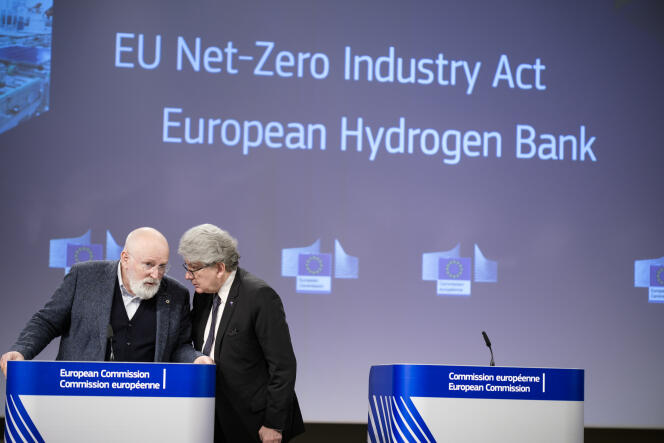
China, the United States, and the European Union have long been at loggerheads over subsidies. The Boeing-Airbus dispute before the World Trade Organization over illegal state aid paid to the two aircraft manufacturers lasted from 2004 to 2020. But the Covid-19 pandemic, which brought the global economy to a standstill, the ensuing shortages of medicines and semi-conductors, and the war in Ukraine, in a world where the green and digital transitions are radically changing the global landscape, have accentuated the phenomenon to unprecedented proportions. Today, there is a genuine confrontation.
Back in 2015, China had taken a significant step forward with its massive "Made in China 2025" aid plan. In the US, where a certain amount of interventionism and protectionism has always been part of the equation, economic liberalism and free trade are becoming increasingly unpopular. Looking at China suggests that state interventionism in technology is not doomed to failure and inefficiency. The virtues of globalization are being questioned.
Since taking office, US President Joe Biden has pulled out the big guns with three successive pieces of legislation designed to support green industry, semiconductors, and infrastructure. The Inflation Reduction Act (IRA) alone, passed in August 2022, provides $369 billion in aid over 10 years for companies developing technologies that contribute to the green transition and has led the EU to fear that companies will relocate on a massive scale.
"Analysts believe that the amount of aid could be doubled as the law does not provide for a ceiling," a senior European Commission official told Le Monde. "The subsidies provided for in the IRA are associated with clauses of local content, which amplifies their impact," said Elvire Fabry, a researcher with the Jacques Delors Institute, a think tank.
'The end of an absolute taboo'
In Europe, this offensive by Washington had the effect of an electroshock. It convinced the most economically liberal members of the bloc that something had to be done. The EU, imbued with German ordoliberalism – which keeps the state out of business – has undertaken a transformation previously unimaginable just three years ago.
It all began with the €750 billion NextGenerationEU European recovery plan, which was agreed between the member states in July 2020 during the pandemic. The invasion of Ukraine and the end of cheap Russian gas led them to complete the scheme in May 2022 with RePowerEU, which directs part of these funds toward the energy transition and increases them marginally. Then there was the Chips Act, the plan to catch up where Europeans left off in the semiconductor industry, in April this year.
You have 83.67% of this article left to read. The rest is for subscribers only.